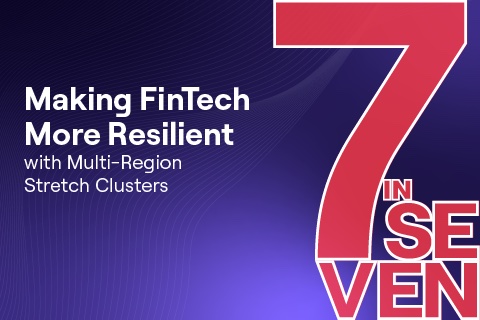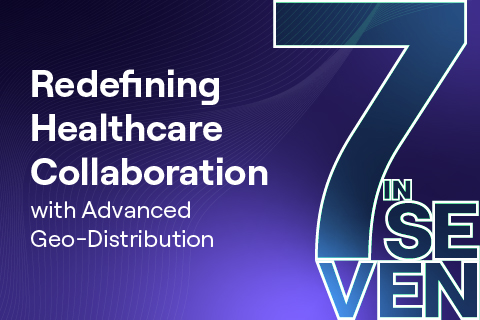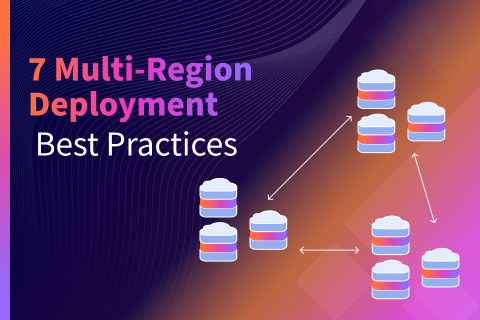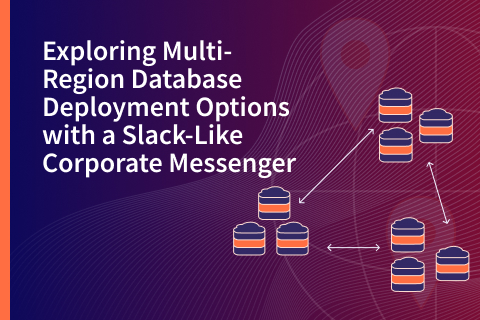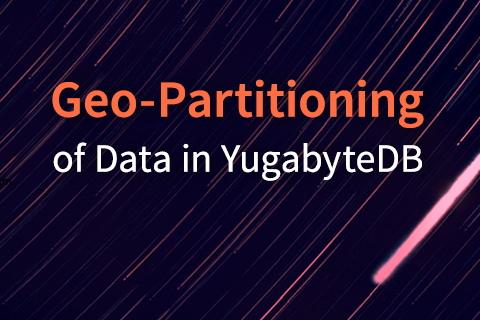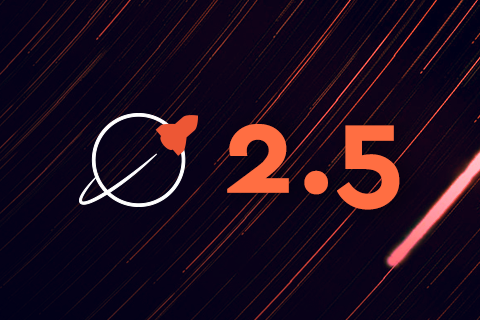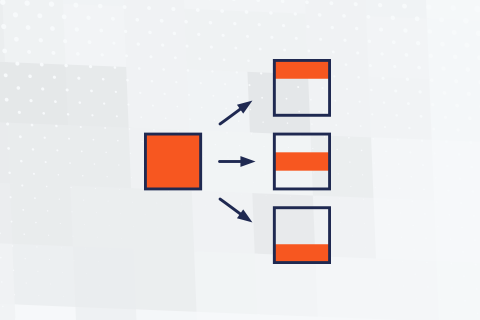Using YugabyteDB Geo-Partitioning to Ease Global Expansion & Achieve Regulatory Compliance
Geo-partitioning with YugabyteDB (versus standing up separate PostgreSQL instances per region) is the ideal solution for use cases that require cross-region data access, faster time to market, and easy deployment management.
Read this blog to discover the pitfalls of standing up separate PostgreSQL instances per region and the advantages of using geo-partitioning in YugabyteDB.


